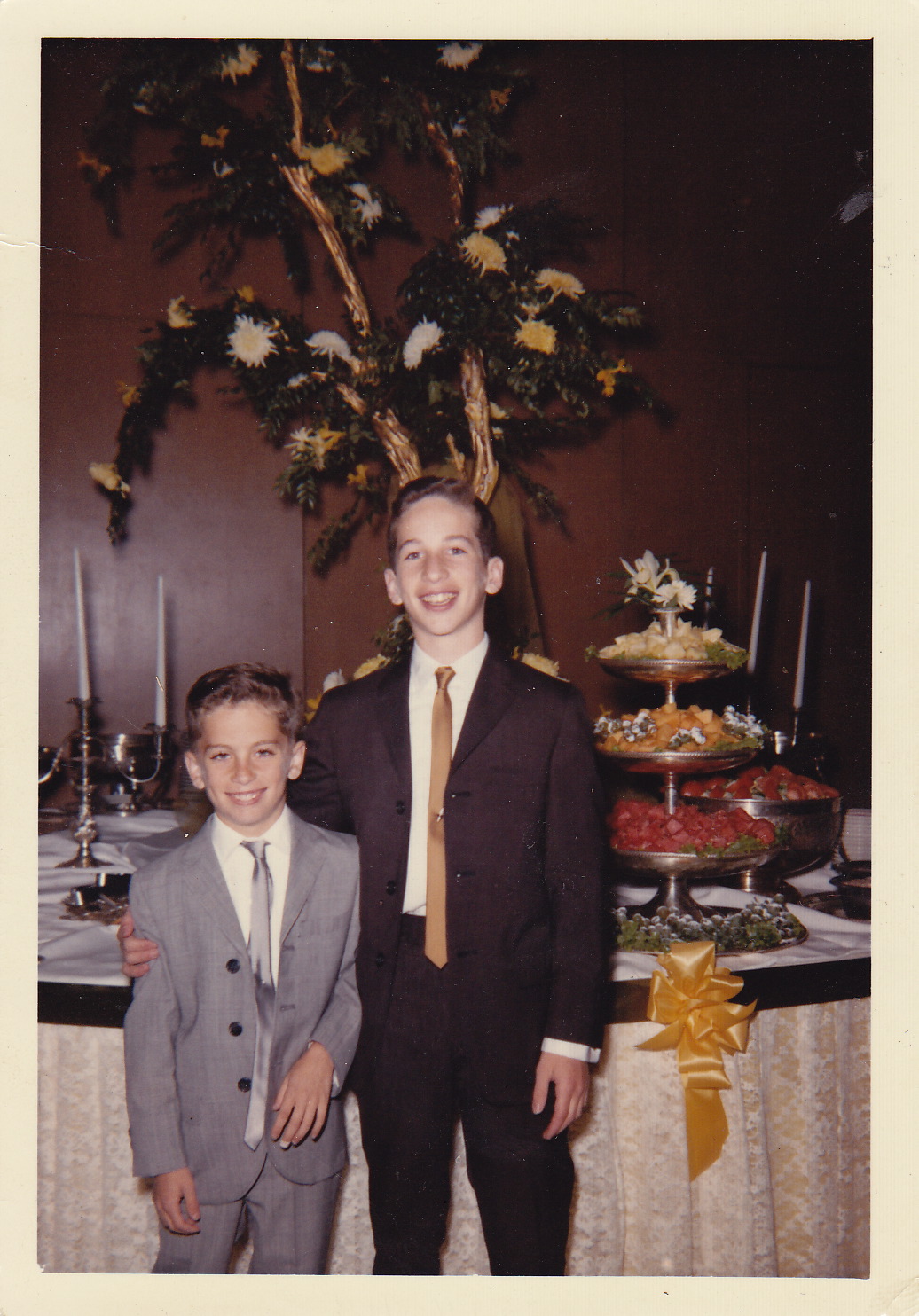400 Years Later, More Room for Books at Oxford University
 With my sister Pamela Turner, our late brother Joel Turner, and our parents, Sylvia and Earl, also now sadly deceased–I operated Undercover Books from 1978-1985 (the family continued to operate the business for many years after I left the business, including a very early, pre-Amazon entry into online bookselling). At its peak, Undercover was a three-store indie chain in the suburban environs of Cleveland, Ohio, and the city’s downtown. Two of our very best customers were Blackwell’s Bookshops and the Bodleian Library in Oxford, England. Improbable as it might seem that a venerable bookseller like Blackwell’s, which in addition to its Oxford stores, had branches throughout the UK, would need another bookseller, and one far away in the American Midwest, to supply them with bulk quantities of single titles, they very much needed a high-service U.S. bookseller like us. In this pre-digital age before ebooks, professors and students of the storied university would make special orders with Blackwell’s for titles in print only with U.S. publishers, like particular editions of Sophocles from Princeton University Press and Catullus from the Harvard University Press’s Loeb Classics Library. So they turned to us. It was lucrative trade, the sort of bulk business that booksellers relish. Along with the regular orders from Blackwell’s, the Bodleian also submitted regular orders for obscure titles available only from U.S. publishers, like medical texts, engineering manuals, and economics treatises. Thanks to some excellent transatlantic shipping services, and the prodigious packing talents of the skilled Sylvia, Blackwell’s and the Bodleian remained key customers for many years. At one point, Pamela and Joel made a business trip to the UK, calling on their loyal Oxford clients.
With my sister Pamela Turner, our late brother Joel Turner, and our parents, Sylvia and Earl, also now sadly deceased–I operated Undercover Books from 1978-1985 (the family continued to operate the business for many years after I left the business, including a very early, pre-Amazon entry into online bookselling). At its peak, Undercover was a three-store indie chain in the suburban environs of Cleveland, Ohio, and the city’s downtown. Two of our very best customers were Blackwell’s Bookshops and the Bodleian Library in Oxford, England. Improbable as it might seem that a venerable bookseller like Blackwell’s, which in addition to its Oxford stores, had branches throughout the UK, would need another bookseller, and one far away in the American Midwest, to supply them with bulk quantities of single titles, they very much needed a high-service U.S. bookseller like us. In this pre-digital age before ebooks, professors and students of the storied university would make special orders with Blackwell’s for titles in print only with U.S. publishers, like particular editions of Sophocles from Princeton University Press and Catullus from the Harvard University Press’s Loeb Classics Library. So they turned to us. It was lucrative trade, the sort of bulk business that booksellers relish. Along with the regular orders from Blackwell’s, the Bodleian also submitted regular orders for obscure titles available only from U.S. publishers, like medical texts, engineering manuals, and economics treatises. Thanks to some excellent transatlantic shipping services, and the prodigious packing talents of the skilled Sylvia, Blackwell’s and the Bodleian remained key customers for many years. At one point, Pamela and Joel made a business trip to the UK, calling on their loyal Oxford clients.
In the mid-90s, a decade after I’d begun working as an editor and publisher, I also toured England and Scotland, with my artist wife, Kyle Gallup. We made a visit to Oxford, first seeing the popular anthropologist Desmond Morris, whose classic The Human Zoo I had republished in the Kodansha Globe series. Morris was a genial host, driving us around Oxford in his silvery Rolls-Royce, purchased I imagined with the royalties from his international bestsellers, The Naked Ape, and The Human Zoo.
The next part of this bookman’s holiday was to pay a call on the quintessentially English-named A.J. Flavell, librarian at the Bodleian and Undercover’s key contact there. Looking a bit like a latter-day Mr. Chips, clad in full tweed, Mr. Flavell gave us a tour of the library. We learned that the Bodleian‘s origins dated back to the 14th century, and around 1600 in the location we visited that day. He pointed out pneumatic tubes that carried message slips and patrons’ circulation requests–conjuring visions of Terry Gilliam’s “Brazil”–systems I’d also seen in old hardware stores in small American towns. Next he walked us down a stairway into a subterranean world where thousands of linear feet of shelving ran for miles under all the major buildings of Oxford University and the whole town, housing the millions of books the Bodleian holds. Below depths, it was like the catacombs of ancient Rome, though there was nothing sinister about this storage house, just acres of shelved books, narrow aisles, a dusty concrete floor and lots of bright lights. Kyle and I both thought how easy it could be to get lost in this warren, and find oneself–like Admiral Richard Byrd in Alone: An Antarctic Adventure, another Kodansha Globe title–scrambling for an escape hatch back to safety. But, the unflappable Flavell showed no hesitation as he led us around the stacks.
All these memories came flooding back this morning when I found online an article originating in the Oxford Times, headlined “Bodleian Library Gets an Upgrade.” Andrew Ffrench reports,
“Just over a year ago, library staff began transporting books to the South Marston site from Oxford, from its store in Nuneham Courtenay, and from a Cheshire salt mine, which was also being used to store part of its vast collection. The book move, the biggest since the library opened in 1602, was completed on schedule. One milestone was December 23, when the seventh million volume was shelved. The library, one of the oldest in Europe, and known to scholars as the ‘Bodley’ or ‘the Bod’, has 11 million volumes and is only second in size to the British Library. It is one of a handful of legal deposit libraries, which are required to keep a copy of every new book published. The completion of the move is part of the Bodleian’s plan to free up space and make its treasures more accessible for the public by providing larger display areas. Earlier this year, a collection of Franz Kafka’s letters to his sister went on display. The Treasures of the Bodleian exhibition included part of Jane Austen’s first draft of her unpublished novel The Watsons, which went on show for the first time since it was bought at auction earlier this year. Marco Polo’s travel manuscript from the 14th century, the Codex Mendoza, and a handwritten draft of war poet Wilfred Owen’s ‘Anthem For Doomed Youth’ also went on display. “
Although I doubt the venerable Bodleian will entirely abandon their underground shelving, I am delighted to know that they will at last have sufficient space for their prodigiously vast collection. I take pleasure in imagining that that collection still contains more than a few books supplied to them by Undercover Books.




Leave a Reply
Want to join the discussion?Feel free to contribute!